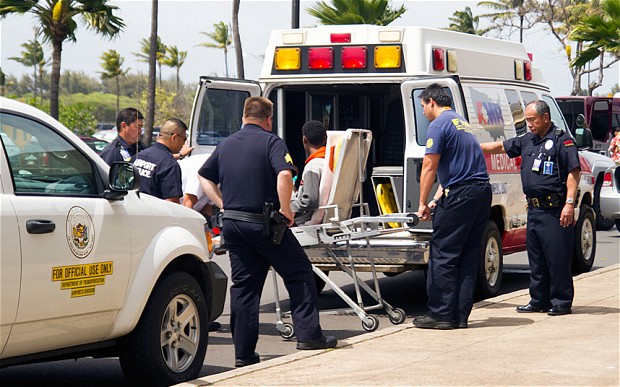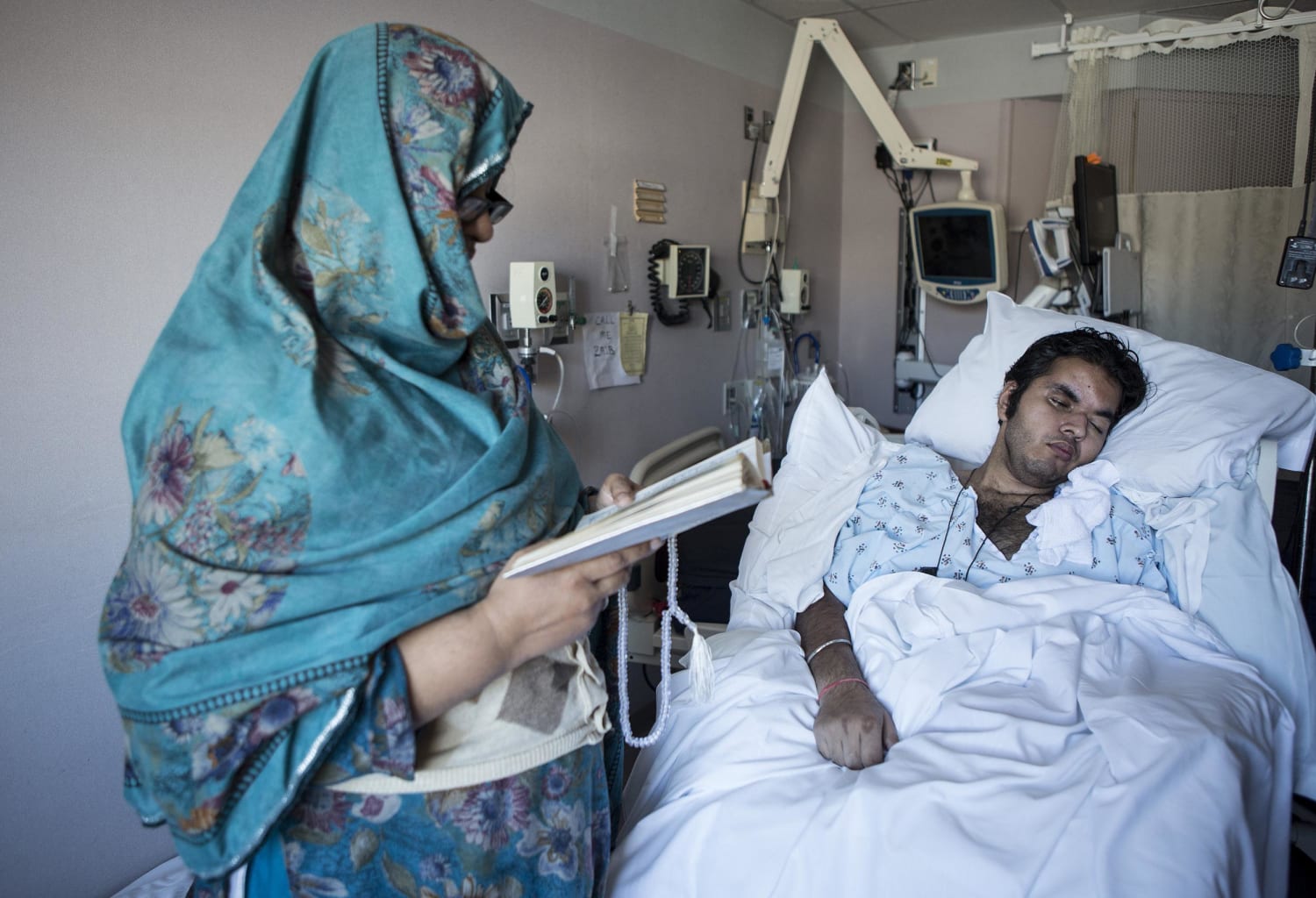A 16-year-old California boy miraculously survived after reportedly stowing away in a plane’s wheel well during a 5 and a 1/2 hour flight from San Jose to Honolulu on Sunday.
So how do you survive being a stowaway in a jumbo jet?
Well, you have to be pretty lucky. For a stowaway travelling in a plane’s wheel well, the overwhelming odds are that he or she will die. But, there are several factors that can increase a person’s odds for survival after being placed in this kind of danger.
These factors include:
1) Age
2) Current medical condition
3) The length of the flight.
Let’s break these factors down one at a time.
The wheel well of a plane is not pressurized and of course has no temperature control. Typically, jumbo jets cruise at an altitude of about 35,000 to 38,000 fee – altitudes at which oxygen is incredibly scarce and temperatures can reach 80 degrees below zero. Needless to say, the most common causes of death for stowaways, aside from falling from the plane, are hypothermia and lack of oxygen.
This is where age and medical condition come into play: The younger and healthier the individual, the better chance he or she has of surviving these harsh conditions. If you happen to be in my kind of shape, there’s no chance you would make it.
The duration of the flight is also a factor in a stowaway’s odds for survival. Most individuals who have survived this kind of stunt have been on flights ranging between one to three hours in length. In 2004, the Associated Press reported that a man from the Dominican Republic survived a flight from Santo Domingo to Miami, after stowing away in a plane’s wheel well. But typically, that’s only a one hour flight.
In this particular case, this was a flight that lasted around five hours. Many who have attempted to stow away during a flight of this duration or longer have died.
For those that survive, some may have entered a state of suspended animation, meaning they simultaneously go into a state of hypothermia and lose consciousness. This combination minimizes a person’s need for oxygen, enabling them to potentially survive for several hours. A similar effect is sometimes seen in patients who drown in cold waters; they are often more likely to survive than patients drowning in warm waters due to their hypothermic state, which helps protect their organs from damage.
According to an FBI spokesperson, the boy was “was unconscious for the lion’s share of the flight,” indicating that suspended animation is likely the reason this boy survived with minimal harm. His system shut down for several hours, his oxygen consumption was decreased, and he was lucky enough to land in time for his body to recuperate and come out of a state of hypothermic shock with minimal side effects.
Source: Fox news













